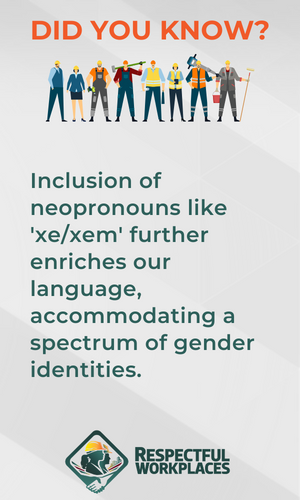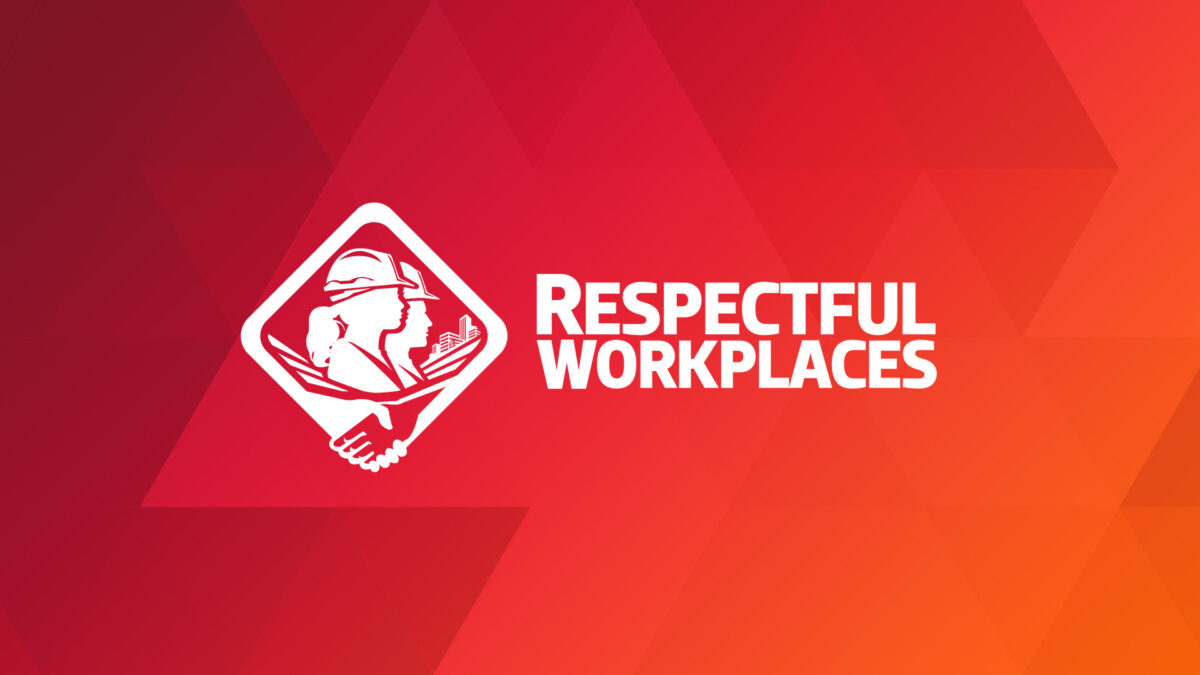
Understanding the importance of correct pronouns goes beyond mere politeness; it is a fundamental aspect of acknowledging and respecting an individual’s identity.
In today’s society, where the conversation around gender identity is more prominent than ever, recognizing a person’s pronouns is crucial to fostering an environment of respect and inclusion, and is critical to positive mental health.
Studies have shown that when individuals are referred to by their correct pronouns, it significantly impacts their well-being and sense of belonging. This simple acknowledgment can make a substantial difference in creating an inclusive atmosphere where everyone feels valued and respected.
Misgendering, on the other hand, can lead to a sense of invisibility and invalidation, leading to anxiety and depression. It is a form of disrespect that undermines the individual’s identity and can contribute to a hostile environment, whether intentional or not. Educating oneself and others about the importance of pronouns is a step towards more inclusive and supportive communities.
Common gender pronouns and their uses
Understanding the spectrum of gender pronouns is a pivotal step toward fostering inclusivity and respect in any environment. Traditional pronouns “he/him” and “she/her” have long been used to refer to individuals based on their perceived or identified gender. These pronouns carry significant weight in affirming one’s gender identity and are foundational in the discourse surrounding gender recognition.
The emergence of “they/them” pronouns has been instrumental in acknowledging gender diverse and non-binary individuals – those who do not exclusively identify as man or woman. However, the use of “they/them” in the singular is not new. It dates back to 1375 according to the Oxford English Dictionary. This inclusive pronoun option challenges the binary perception of gender and promotes a more accepting view of diverse gender identities.
Furthermore, neopronouns (which means “new pronouns”) such as “xe/xem” and “ze/hir” offer additional avenues for individuals seeking alternatives to traditional and non-binary pronouns. These pronouns serve as a testament to the evolving language around gender, providing options that resonate more personally with individuals’ identities.
How to ask someone about their pronouns
In the journey towards fostering inclusive environments, understanding and respecting personal gender pronouns stands paramount. It’s crucial to approach the subject with sensitivity and openness, ensuring the conversation space is safe and devoid of assumptions.
One effective method is to introduce one’s pronouns first, setting a precedent for a reciprocal exchange. This approach normalizes the conversation around pronouns, and signals respect for gender diversity. For instance, during introductions, one might say, “Hello, my name is Alex, and my pronouns are they/them. May I ask about your pronouns?” This technique is handy in professional settings, where formal introductions are typical.
Mistakes can and will occur. When they do, the appropriate response is to apologize sincerely, correct the mistake, and move forward without dwelling on the error. This response underscores the importance of learning from the interaction and continuing to foster a respectful environment.
Adopting these practices enhances personal development and contributes significantly to the collective effort of building inclusive communities.
Incorporating pronouns in personal and professional life
Incorporating pronouns in personal and professional life is a significant step towards fostering an inclusive environment. Adding pronouns to social media profiles, email signatures, and business cards clarifies how individuals wish to be addressed and signals respect and acknowledgment of diverse gender identities.
Organizations play a crucial role in promoting pronoun awareness by implementing policies that encourage sharing pronouns in the workplace and providing education on the importance of gender pronouns, making the environment more welcoming for everyone. Educating employees on being allies in pronoun awareness involves providing resources and training on gender diversity and the significance of pronouns.
By embracing these practices, individuals and organizations contribute to personal development and take a step forward in building a more inclusive society.
Navigating challenges and misconceptions
Navigating the terrain of gender pronouns in personal development involves understanding and overcoming common misconceptions. Many individuals mistakenly believe that using specific gender pronouns is a new or unnecessary trend. However, recognizing and respecting an individual’s chosen pronouns is fundamental to acknowledging their identity and humanity. Resistance and negative reactions often stem from a lack of understanding or fear of change. It is crucial to approach these challenges with patience and empathy, providing education and resources to foster a more inclusive environment.
For those seeking to deepen their understanding and support around gender pronouns, numerous resources are available. In Canada, The 519 offers comprehensive guides and educational materials. Similarly, Egale Canada provides tools and information to combat homophobia, biphobia, and transphobia.
Understanding gender pronouns is an ongoing process that requires patience, respect, and a commitment to growth. Society can move towards a more empathetic and inclusive future by fostering an environment where everyone feels seen and respected.
Michael Bach is an author and speaker, a thought leader in inclusion, diversity, equity, and accessibility, and an IDEA consultant to BuildForce Canada.

Respectful and Inclusive Workplaces
